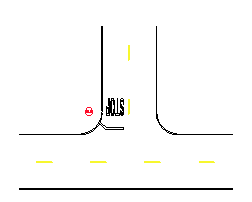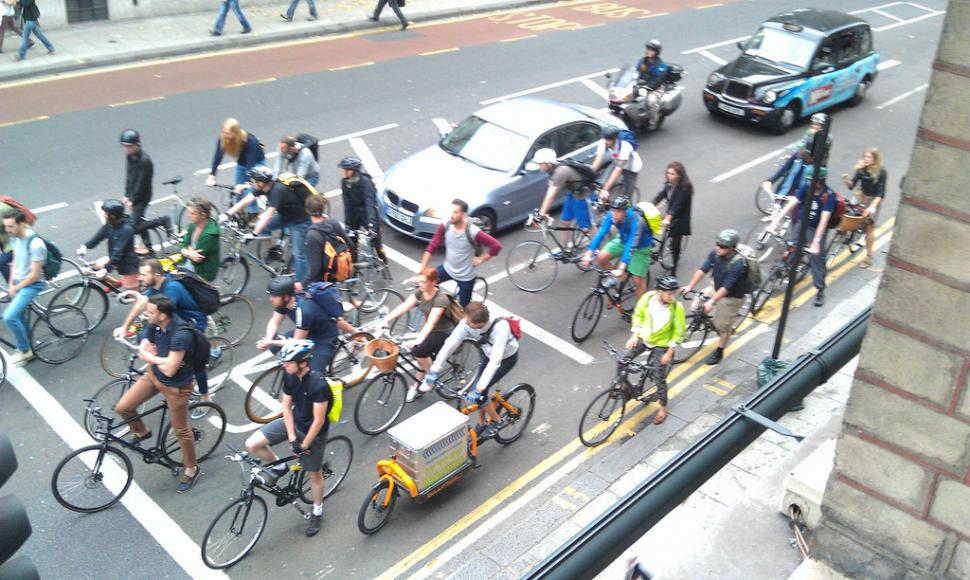Drivers Should Look Ahead __ Block Site

The following options seem most accepted: 1) As many as it takes. Which is of course a non definitive answer.  2) 42, which is the ultimate answer to the ultimate question (Dixit Douglas Adams in page 181 and 205 in 'The Hitchhikers Guide to the Galaxy'). Which would imply that 'How many roads must a man walk down?' Is in fact the ultimate question to life, the universe and everything. 3) Just one, the road of life. Which will either make a man a man, or not as the case may be.
2) 42, which is the ultimate answer to the ultimate question (Dixit Douglas Adams in page 181 and 205 in 'The Hitchhikers Guide to the Galaxy'). Which would imply that 'How many roads must a man walk down?' Is in fact the ultimate question to life, the universe and everything. 3) Just one, the road of life. Which will either make a man a man, or not as the case may be.
4) The answer my friend, Is blowing in the wind. The answer is blowing in the wind.
5) It depends on if one of them is highway sixty one. An occasional driver should only drive as many occasional miles as he might occasionally want to drive. The term Occasional driver is not indicative of how many miles they might drive but rather how often they may drive, there is no specific legal definition for an occasional driver.
Does Microsoft.VC90.DebugCRT relate to Microsoft Visual C++ 2008 Redistributable Package (x86) instead of Microsoft Visual C++2005 Redistributable Package (x86)? I have both MVC++ 2005 and 2008 Packages installed. Microsoft.vc90.debugcrt.manifest.
Most Insurers develop there own guidelines to determine if some fits the definition of an occasional driver. Generally an occasional driver would drive your vehicle no more than a few times a year. If they drive regularly once a week or regularly once a month, or once every 6 weeks, then they are a regular driver. By the very definition of the term, an occasional driver would not know how often they are going to drive. Any type of planned or scheduled use would define them as a regular driver.
ComedyTrafficSchool.com How To Scan For Hazards On The Road To avoid last minute moves, look down the road 10–15 seconds ahead of your vehicle so you can see hazards early. Constantly staring at the road just in front of your vehicle is dangerous. As you scan ahead, be alert for vehicles around you. Watch for parked vehicles that are moving into traffic. Use your mirrors.
Indicates a flag person is ahead to control traffic. Slow down and be prepared to stop. Subreddit:subreddit: find submissions in 'subreddit'; author:username: find submissions by 'username'; site:example.com: find submissions.
Allow enough space between you and the vehicle ahead to give yourself an “out.” Mistakes cause collisions. In the city, 10–15 seconds is about one block.
On the highway, 10–15 seconds is about a quarter of a mile. Take in the whole scene– If you only look at the middle of the road, you will miss what is happening on the side of the road and behind you. Scanning helps you to see: • Cars and people that may be in the road by the time you reach them.
• Signs warning of problems ahead. • Signs giving you directions. Before changing lanes, look into your rear view mirror for nearby vehicles and also over your shoulder to check for blind spots.
Blind spots can hide a motorcyclist, a vehicle or a bicyclist. Watch for things about to happen, like a ball rolling into the street or a vehicle door opening. Watch for hazards– Look beyond the vehicle ahead of you. Do not develop a “fixed stare.” Keep scanning. Check your rear view mirrors every two – five seconds so you know the position of vehicles near you. On the freeway, be ready for changes in traffic conditions.

Watch for signals from other drivers. Expect merging vehicles at on-ramps and interchanges. Be prepared for rapid changes in road conditions and traffic flow. Know which lanes are clear so you can use them if necessary. Be careful of an inattentive or erratic driver.